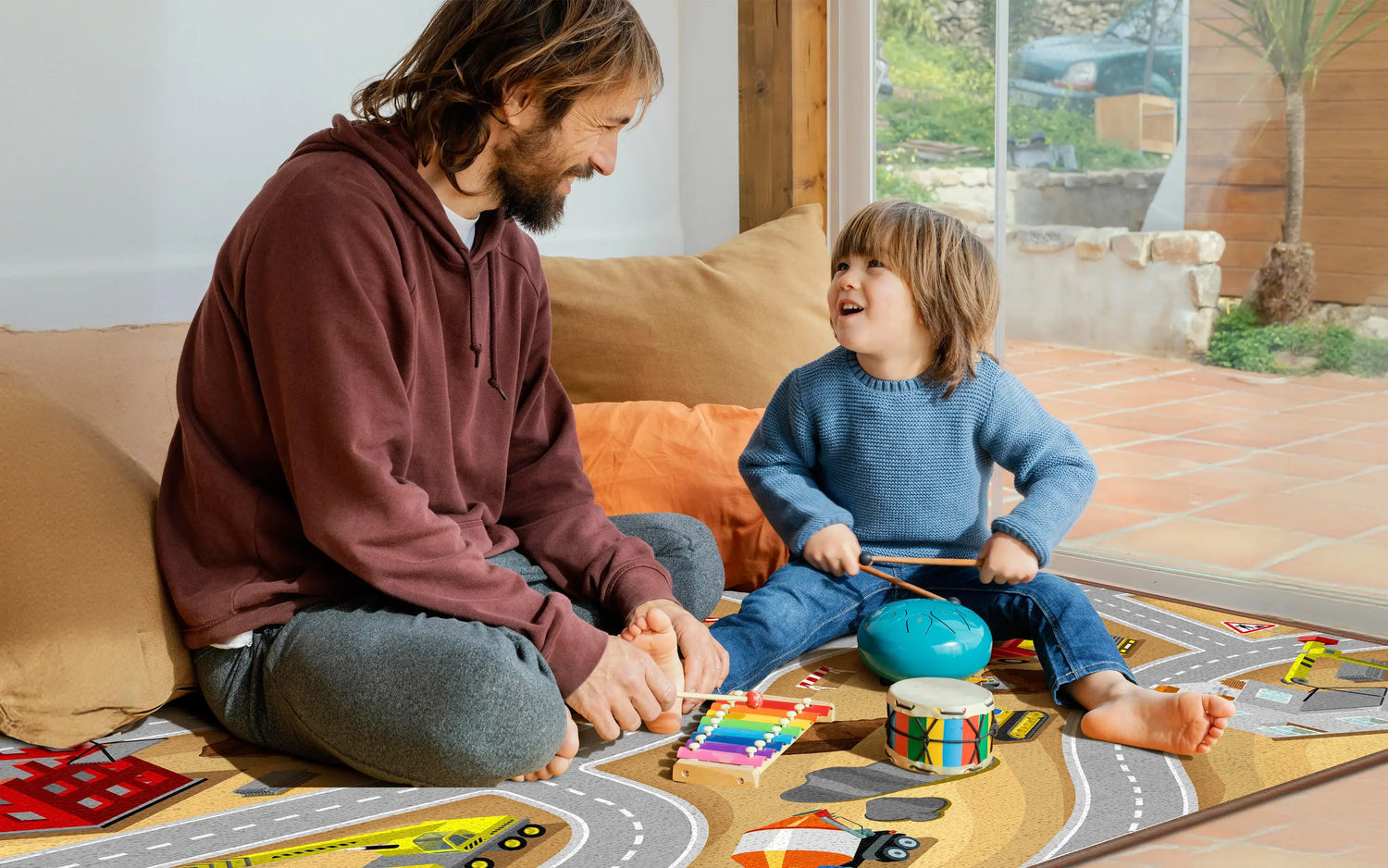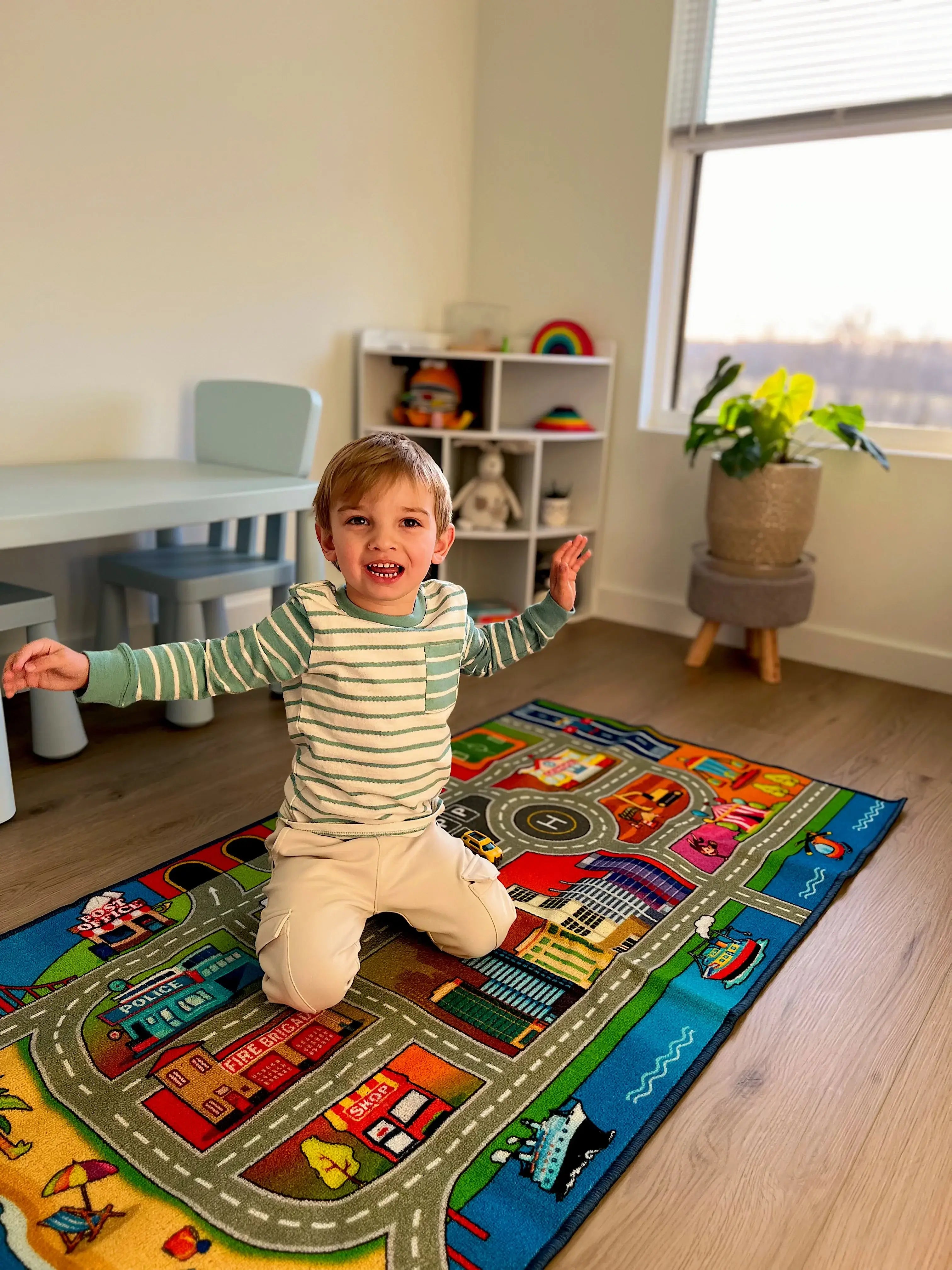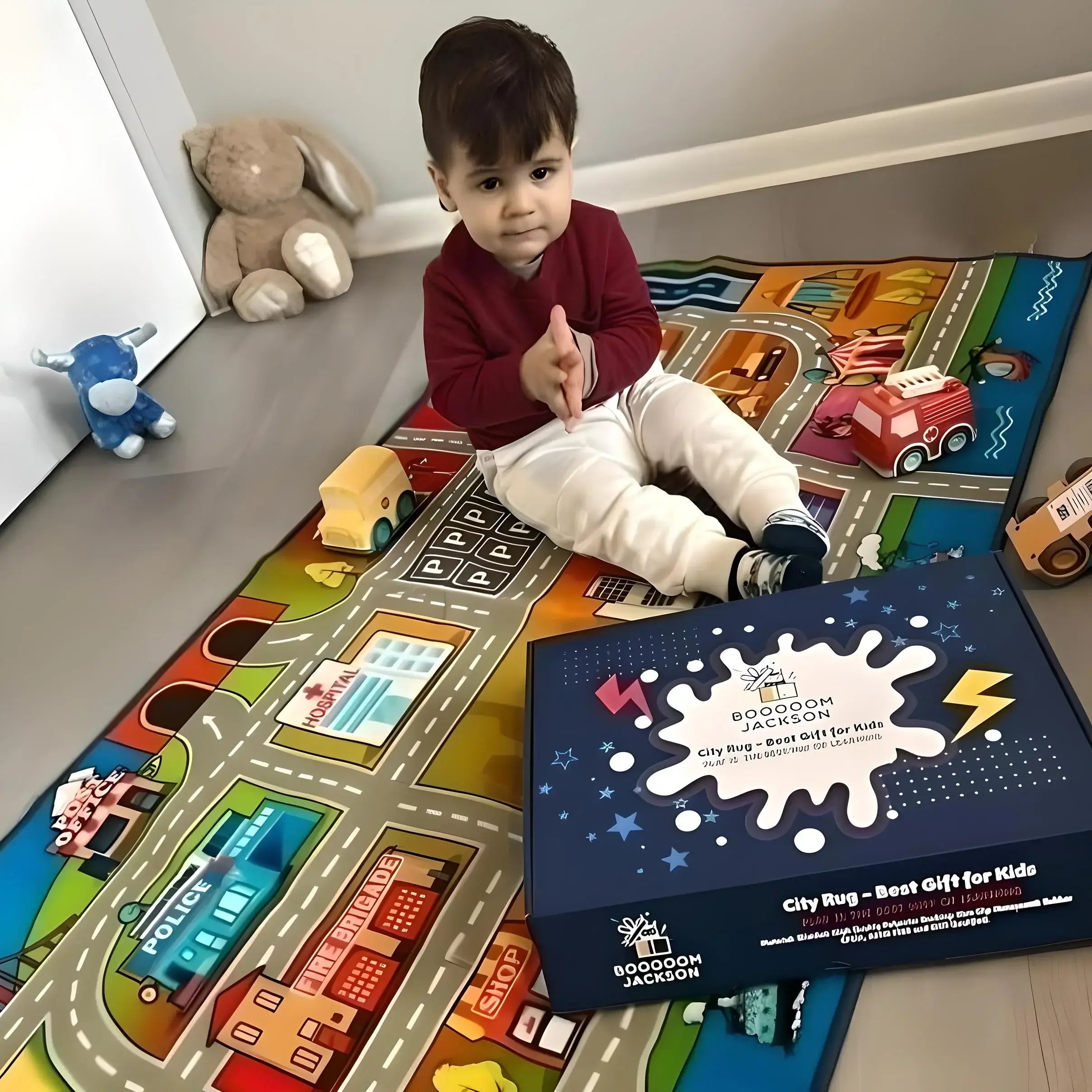Understanding Universal Design for Learning Principles
The CAST organization, which developed the UDL framework, identifies three core principles that guide inclusive educational design: providing multiple means of representation (the "what" of learning), multiple means of engagement (the "why" of learning), and multiple means of action and expression (the "how" of learning). These principles recognize that learner variability is the norm, not the exception, and that effective education must be flexible enough to accommodate this natural diversity.
UDL implementation goes beyond simple accommodations or modifications. Instead of creating one-size-fits-all environments and then adding supports for students who don't fit the mold, UDL starts with the understanding that all students benefit from choice, flexibility, and multiple ways to access and demonstrate learning. This proactive approach creates more effective learning environments for everyone while reducing the stigma often associated with individual accommodations.
When applied to physical classroom design, UDL principles guide decisions about materials, layout, and environmental features that support diverse learning needs. Kids rugs, as foundational elements of classroom spaces, can be selected and arranged to provide multiple options for engagement, representation, and expression that benefit all learners.
Multiple Means of Representation Through Environmental Design
The first UDL principle, multiple means of representation, focuses on providing information and content in various formats to accommodate different learning preferences and abilities. Physical classroom environments contribute to representation by offering visual, tactile, and spatial information that supports content understanding and engagement.
Visual Learning Support Through Strategic Rug Design
Educational rugs can serve as visual representations of academic content, providing constant environmental support for learning across subject areas. Number line rugs offer visual representations of mathematical concepts, world map rugs provide geographic references, and alphabet rugs support literacy development through environmental print.
According to research from Vanderbilt University, visual-spatial learners comprise a significant portion of the student population and often benefit from environmental supports that make abstract concepts concrete and visible.
Unlike wall-mounted visual aids that may be too distant or high for some students to access effectively, floor-based visual representations through educational rugs place learning supports directly within students' physical reach and visual field. This accessibility supports the UDL principle of providing information in multiple formats that all students can access.
Tactile and Kinesthetic Representation
Many students process information more effectively when they can engage multiple senses simultaneously. Textured rugs provide tactile input that can help students encode and remember information through touch as well as sight. Students learning mathematical concepts can feel number patterns under their fingertips while visually processing the same information.
Research from Johns Hopkins University demonstrates that multisensory learning experiences improve retention and understanding across age groups and ability levels. Kids rugs that engage touch, sight, and proprioception simultaneously support this research-based approach to representation.
Spatial and Environmental Cueing
The placement and organization of different rugs throughout the classroom can provide spatial representations of learning concepts and routines. Color-coded zones, themed areas, and designated spaces help students understand classroom organization and expectations through environmental design rather than relying solely on verbal or written instructions.
For more strategies on balancing diverse sensory needs, see our guide on universal design for learning implementation.
Multiple Means of Engagement Through Choice and Flexibility
The second UDL principle, multiple means of engagement, recognizes that students are motivated by different factors and that sustained engagement requires options and choice. Physical learning environments can support engagement by providing variety, comfort, and opportunities for students to make choices about their learning experiences.
Choice in Physical Learning Positions
Traditional classroom setups that require all students to sit in chairs at desks ignore the reality that students have different physical needs for optimal learning. Some students focus better when lying on their stomachs, others need to move while learning, and many benefit from the grounding input of sitting on the floor.
Multiple rug options throughout the classroom provide students with choices about where and how to position their bodies for different learning activities. This choice supports engagement by allowing students to select positions that help them feel alert, comfortable, and ready to learn.
Interest-Based Learning Environments
Thematic rugs can tap into student interests and cultural backgrounds, providing engagement hooks that connect learning to students' lives and passions. Sports-themed rugs might engage kinesthetic learners, nature scenes might appeal to students interested in science, and multicultural designs can help all students see themselves reflected in the learning environment.
According to Harvard's Project Zero, learning environments that reflect student interests and identities significantly improve engagement and academic outcomes. When students see their interests and cultures represented in their physical learning spaces, they're more likely to engage actively with academic content.
Regulation and Self-Management Support
Different students have different needs for sensory input, movement, and regulation throughout the day. UDL implementation through rug selection can provide built-in options for students to self-manage their engagement and attention levels.
Calm-down areas with soft, neutral rugs provide options for students who need to regulate when feeling overwhelmed. Textured or patterned rugs in work areas can provide fidgeting opportunities for students who need movement to maintain attention. These environmental options support student agency and self-determination while maintaining classroom community and learning goals.
Explore our collection of engagement-focused classroom rugs designed to support diverse motivation and interest profiles.
Multiple Means of Action and Expression Through Flexible Spaces
The third UDL principle, multiple means of action and expression, focuses on providing students with various ways to demonstrate their learning and interact with content. Physical learning environments support this principle by offering spaces and surfaces that accommodate different expression styles and physical needs.
Movement Integration and Kinesthetic Expression
Many students express their learning more effectively when they can incorporate movement and physical activity. Large, open rug spaces allow for dramatic play, role-playing historical events, acting out story elements, or demonstrating mathematical concepts through body movement.
Research from University of Illinois shows that physical activity and movement significantly improve cognitive function and academic performance across age groups. UDL implementation through rug selection can provide these movement opportunities within structured learning activities.
Collaborative and Individual Work Options
Different learning tasks and student preferences require different spatial arrangements and group sizes. Modular rug systems or varied rug sizes throughout the classroom can support both collaborative group work and individual focused work, allowing students to choose or be assigned to spaces that match their learning needs and task requirements.
Some students express their learning best in social, collaborative environments, while others need quiet, individual spaces to process and demonstrate understanding. UDL implementation ensures that both options are available and equally valued within the same learning environment.
Alternative Communication and Expression
Students with communication differences, motor challenges, or other expression needs benefit from environmental supports that reduce barriers to participation. Comfortable floor spaces can accommodate students who use assistive technology, need alternative positioning, or express themselves through non-verbal means.
The flexibility of rug-based learning spaces allows for easy accommodation of wheelchairs, adaptive seating, communication devices, and other tools that support student expression without requiring separate or obviously different arrangements.
Creating UDL-Aligned Learning Zones
Effective UDL implementation often involves creating distinct learning zones that serve different purposes while maintaining flexibility and choice. Kids rugs can help define these zones while providing the sensory and physical supports each area requires.
Multi-Purpose Community Spaces
Large, neutral rugs can serve as community gathering spaces that accommodate whole-group instruction, morning meetings, celebrations, and collaborative activities. These spaces need to be comfortable for students with different physical needs while providing clear boundaries and organization for group activities.
Community spaces work best when they can accommodate different seating preferences—some students sitting criss-cross, others kneeling, some lying on their stomachs, and others using portable seating supports. The rug choice should support this variety without creating uncomfortable or unstable surfaces.
Focused Work Areas
Individual or small-group work areas require different environmental supports than large group spaces. Smaller rugs with calming colors and minimal visual distraction can help students focus on detailed work, reading, or independent projects.
These focused areas might include different texture options to accommodate sensory preferences—some students preferring smooth surfaces while others benefit from slight texture that provides sensory input without distraction.
Creative Expression Zones
Areas designated for arts, dramatic play, or creative projects need surfaces that can accommodate messier activities while still providing comfort and sensory support. Washable rugs with interesting patterns or textures can inspire creativity while meeting practical classroom needs.
Creative zones often benefit from slightly more stimulating colors or patterns that energize and inspire rather than calm and focus, supporting the different cognitive demands of creative versus analytical tasks.
Addressing Diverse Learning Profiles Through UDL Design
UDL implementation recognizes that students bring diverse strengths, challenges, interests, and learning profiles to educational settings. Rather than designing for an imaginary "average" student, UDL proactively plans for this variability through flexible, responsive environments.
Supporting Students with Disabilities
Students with physical disabilities, sensory processing differences, attention challenges, or learning disabilities benefit from UDL environments that provide options and remove barriers. Rug selection can support accessibility by providing comfortable surfaces for different positioning needs, reducing sensory overwhelm, and creating clear spatial organization.
The National Center on Universal Design for Learning emphasizes that when environments are designed with disability in mind from the start, they work better for all users. This principle applies directly to classroom design decisions about flooring, seating, and spatial organization.
Cultural and Linguistic Diversity
UDL implementation must consider the cultural and linguistic diversity that students bring to learning environments. Rug choices can reflect this diversity through multicultural designs, world languages, or themes that connect to various cultural backgrounds and experiences.
When students see their cultures and languages represented in their learning environments, they're more likely to engage actively and feel valued as community members. This representation supports both engagement and academic achievement across diverse student populations.
Economic and Social Considerations
UDL implementation also considers the economic diversity of student populations and ensures that classroom environments don't inadvertently create barriers based on family resources or social background. Providing comfortable, welcoming spaces through thoughtful rug selection can help level the playing field for students from different economic circumstances.
When all students have access to comfortable, engaging learning environments at school, educational equity improves regardless of what resources students have access to at home.
Assessment and Continuous Improvement in UDL Implementation
True UDL implementation requires ongoing assessment of how well classroom environments are meeting diverse student needs and willingness to adjust based on evidence of effectiveness. This continuous improvement approach ensures that physical design decisions truly support learning rather than simply looking inclusive.
Student Voice and Feedback
Students are the best sources of information about how well classroom environments are supporting their learning needs. Regular check-ins, surveys, or informal conversations about classroom spaces can provide valuable insights about rug placement, texture preferences, and spatial organization.
UDL implementation prioritizes student agency and self-determination, making student input essential for creating truly responsive learning environments. When students have voice in their physical learning spaces, they develop ownership and investment that supports long-term success.
Data-Driven Decision Making
Observing student engagement, academic performance, and behavioral patterns in different areas of the classroom can provide objective data about environmental effectiveness. Are students naturally gravitating toward certain areas? Do behavior challenges occur more frequently in specific locations? This information guides refinements to rug selection and placement.
Research from the University of Minnesota demonstrates that environmental modifications can significantly impact student outcomes when implemented systematically and assessed regularly.
Professional Learning and Collaboration
Effective UDL implementation requires ongoing professional development and collaboration among educators, specialists, and support staff. Sharing observations about how different students respond to various environmental supports helps build collective expertise about inclusive design.
Occupational therapists, special education specialists, and other support professionals can provide valuable insights about specific student needs and environmental modifications that support UDL principles.
Technology Integration and UDL Environmental Design
Modern UDL implementation often involves integrating technology tools with physical learning environments in ways that support diverse student needs and preferences. Kids rugs can provide comfortable surfaces for technology use while ensuring that digital tools enhance rather than replace hands-on, multisensory learning experiences.
Flexible Technology Access
Some students benefit from using tablets, laptops, or other devices while sitting on the floor, lying on their stomachs, or positioned in ways that traditional desks don't accommodate. Comfortable rug surfaces can provide the physical support needed for effective technology integration.
UDL principles suggest that technology should provide additional options rather than replacing effective environmental supports. The combination of comfortable physical spaces with appropriate technology tools often provides the most inclusive learning experiences.
Digital and Physical Integration
Educational apps, online resources, and digital content can be enhanced when students can interact with them in comfortable, flexible physical environments. Students might use a tablet to explore world geography while sitting on a world map rug, combining digital and physical representations for deeper understanding.
This integration supports UDL principles by providing multiple means of representation while accommodating different learning preferences and needs.
The Research Base for UDL Environmental Design
Understanding the research foundation for UDL implementation helps educators and administrators make informed decisions about classroom design investments and changes. Multiple studies demonstrate the effectiveness of UDL approaches for improving outcomes for all students, not just those with identified disabilities.
Academic Achievement Outcomes
Research from Boston College demonstrates that students in UDL-designed learning environments show improved academic achievement across subject areas and grade levels. These improvements are particularly significant for students with disabilities but benefit all learners.
Environmental design components, including flexible seating and comfortable learning spaces, contribute to these positive outcomes by reducing barriers to engagement and participation.
Social-Emotional Learning Benefits
UDL environments that provide choice, comfort, and cultural responsiveness also support social-emotional learning by helping students develop self-awareness, self-management, and social skills. When students feel comfortable and included in their physical learning environments, they're more likely to take risks, collaborate effectively, and develop positive relationships.
Long-Term Educational Impact
Students who experience UDL learning environments often develop stronger self-advocacy skills, learning strategies, and positive attitudes toward education that benefit them throughout their academic careers. Early exposure to inclusive, flexible learning environments helps students understand their own learning needs and preferences.
Building School-Wide UDL Culture Through Environmental Design
Individual classroom implementations of UDL principles work most effectively when they're part of broader school-wide commitments to inclusive education. Creating consistent approaches to environmental design across classrooms, common areas, and specialized spaces reinforces UDL values throughout the educational community.
Administrative Support and Vision
Successful UDL implementation requires administrative understanding and support for the environmental changes that make inclusion possible. This might involve budget allocations for flexible furniture, professional development for staff, or policy changes that support innovative classroom design.
When administrators understand the research base for UDL environmental design, they're more likely to support teachers in creating innovative, inclusive learning spaces that benefit all students.
Community Engagement and Understanding
Parents, community members, and other stakeholders benefit from understanding how UDL environmental design supports student success. When families see that schools are proactively designing for their children's diverse needs, trust and partnership improve.
Community understanding also supports funding and resource allocation for continued UDL implementation and improvement.
Future Directions in UDL Implementation
As understanding of learning differences continues to evolve, UDL implementation must remain responsive to new research, changing student populations, and emerging best practices. Environmental design decisions made today should be flexible enough to accommodate future learning and adaptation.
Emerging Research on Learning Environments
New research on neurodiversity, trauma-informed education, and culturally responsive teaching continues to inform UDL implementation. Environmental design decisions should reflect this evolving understanding while maintaining core commitments to accessibility, choice, and inclusion.
Student Population Changes
As schools serve increasingly diverse student populations, UDL implementation must be responsive to changing needs, cultural backgrounds, and learning profiles. Flexible environmental design allows for ongoing adaptation without complete redesign.
Innovation and Creativity
UDL principles encourage innovation and creativity in problem-solving, including environmental design challenges. As new materials, technologies, and design approaches become available, they should be evaluated through the lens of UDL principles rather than tradition or convenience.
The investment in UDL implementation through thoughtful environmental design, including strategic kids rug selection, represents a commitment to educational excellence that benefits all students while particularly supporting those who have been historically marginalized or underserved by traditional educational approaches. When we design learning environments that work for everyone from the start, we create more effective, equitable, and engaging educational experiences that prepare all students for lifelong success.




Leave a comment
This site is protected by hCaptcha and the hCaptcha Privacy Policy and Terms of Service apply.